
Introduction of
Mie Prefecture
Mie Prefecture is in the almost center of Japan, along the Pacific Ocean. The prefecture has a long, thin shape of approximately 170km in the north-south and 80 km in the east-west direction along the Kii Peninsula. The natural environment in the northern and the southern parts differs from the Median Tectonic Line along the Kushida River, which flows through the center of the prefecture.
In the northern part of Mie, Ise Bay stretches to the east. In the northwest, mountains such as Yoro, Suzuka, Kasagi, and Nunobiki that get a lot of snow are located.
On the other hand, in the east of the southern part of Mie, the rias coast stretches from the Shima Peninsula to the Kumano-nada Sea, and in the west, the Kii Mountains centering on Hidegatake (Mt. Odaigahara), the highest mountain (1,695 m) in the prefecture is situated. The mountains are known as the ‘roof of the Kinki Region.’
These areas are full of beautiful and rich nature such as sea, mountains, and rivers, based on a variety of climate.
Introduction of Certified Products
-

Pearl
It has been about 130 years since Kokichi Mikimoto succeeded in culturing pearls for the first time in the world. Every pearl is cultured by unique techniques, such as implanting the core of the pearl and protecting the important mother oyster. The continuous efforts made by the predecessors and the mystical brilliance created by the power of man and nature attract people all over the world.
-
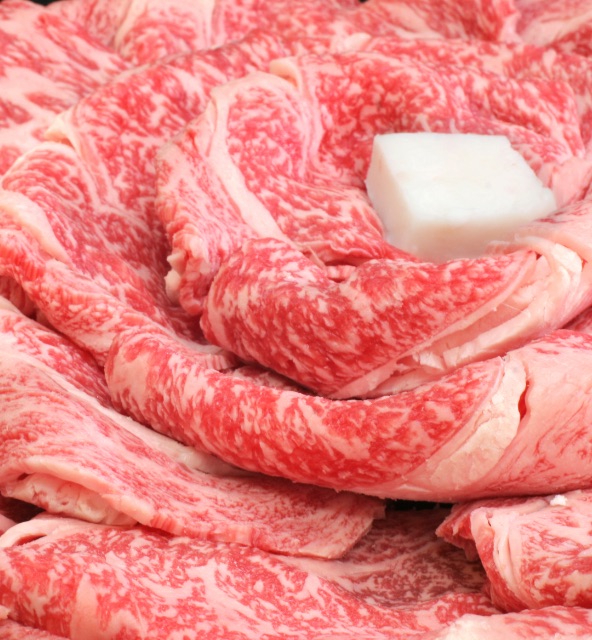
Matsusaka Beef
Matsusaka beef uses female calves of the Japanese Black of excellent quality from all over Japan. It is carefully raised one by one in Matsusaka City and its suburbs. The meltingly soft and rich flavor of the beef is praised as the art of meat. The efforts of cattle-fattening-farmers who preserve their traditions while devising their methods have created a world-class brand of beef.
-
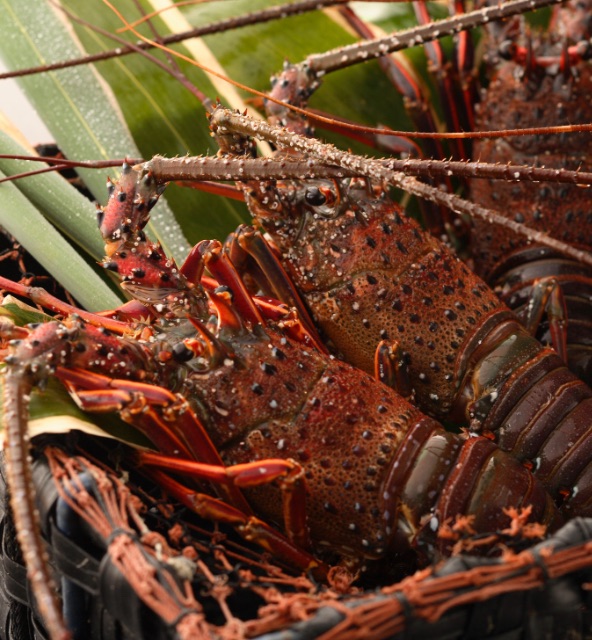
Ise Lobster
Ise lobster has been known long as a specialty of the Ise-Shima region and the king of seafood. The caught lobsters are handled gently, and limitations are cast upon season and fishing gear to pass on the abundant blessings of the sea to the future. The spirits of people who respect nature are condensed into the tastiness of the plump and sweet lobster.
-
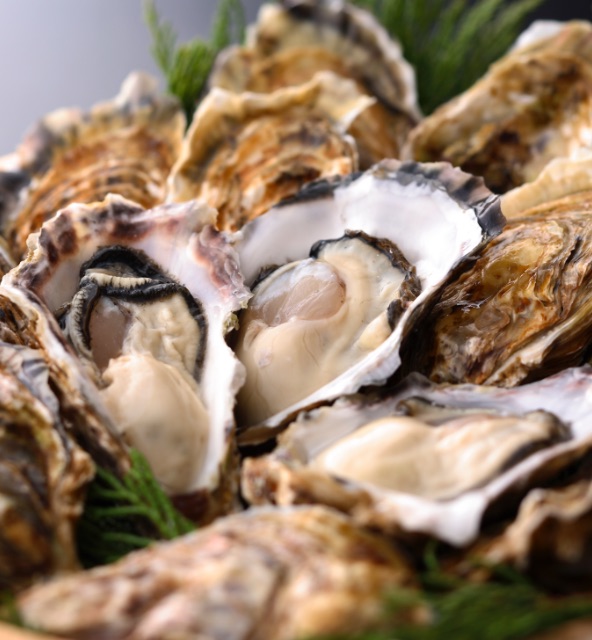
Matoya Oyster
Matoya oyster is full of blessings of the forest and sea that flows into Matoya Bay. The oyster is grown plump with a lot of time and effort and is purified carefully with ultraviolet sterilized seawater. The creativity and techniques inherited from predecessors are protected continuingly, and only the carefully selected oysters are shipped. This obsession is the reason it continues to be popular and supported by gourmets all over the country.
-
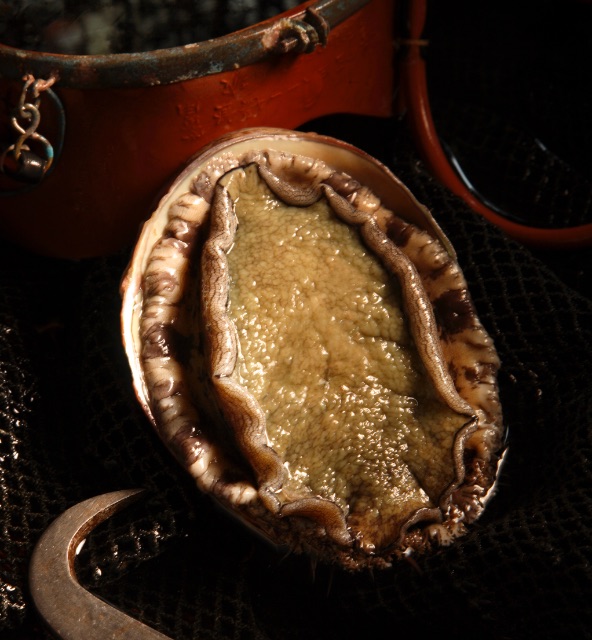
Abalones
The Shima Peninsula, where the rias coast stretches, has rocky reefs ideal for abalones’ habitat. Abalones have been caught by ama (a female diver) for more than 2000 years and have been dedicated to the Ise Shrine. The fishing season and time are limited to manage marine resources in Mie. Abalones caught in Mie have been protected by the heart of the people who know the importance of the blessings of the sea.
-
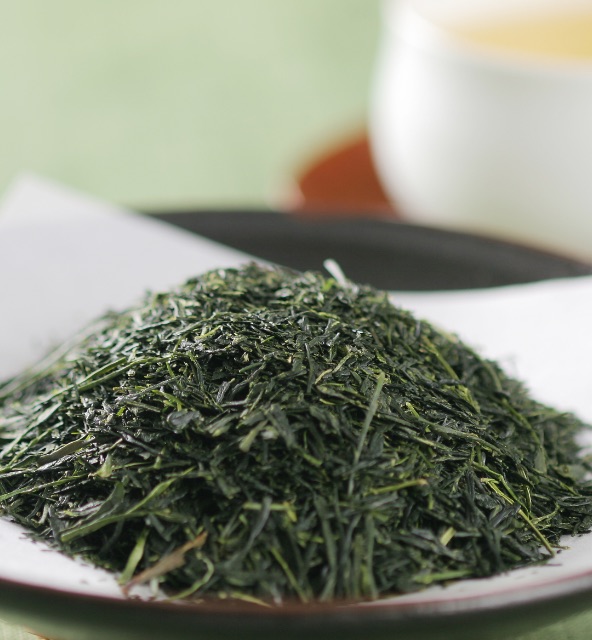
Ise Tea
Mie Prefecture is the third-largest producer of tea in Japan. The industry consists of tea producers who cultivate soils and work to create environmentally friendly tea gardens and highly skilled tea artisans. The fragrant flavor that comes from strict quality control is highly evaluated all over Japan.
-
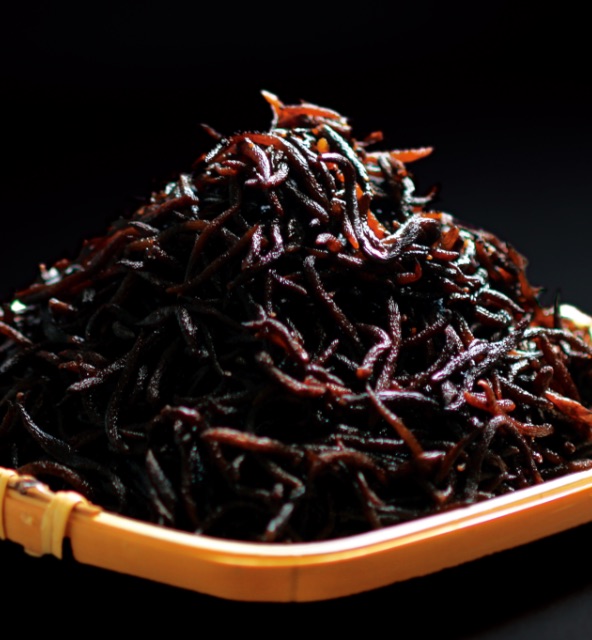
Hijiki Seaweed
Hijiki seaweed in the Ise-Shima region is grown by Kuroshio Current, and its stalks are thick and nutritious. Hijiki seaweed is produced by the “Ise method”: after harvested, it is sun-dried on the beach, rehydrated, steamed, and dried once more. The craftsman’s skill acquired through the experience dealing with the ingredients brings out the flavor of hijiki seaweed to the maximum level.
-
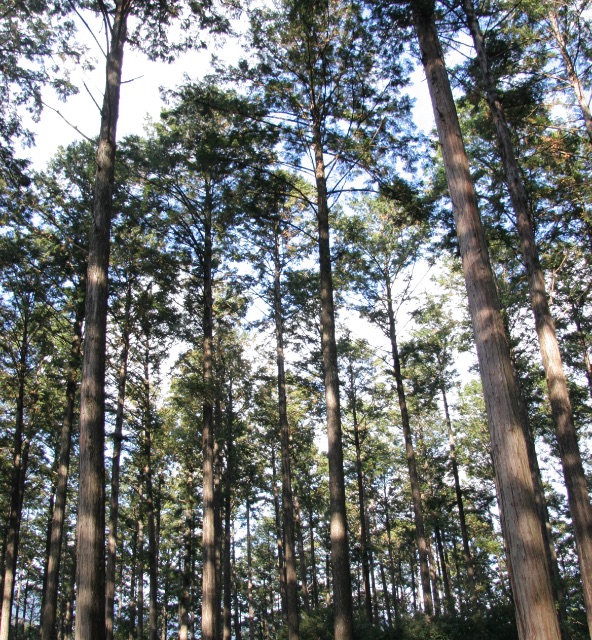
Hinoki
(Japanese Cypress)The hinoki trees produced in the Owase region have been famous for high quality since ancient times.
They are produced under proper management and painstaking effort to create living forests with a circulation system that nurtures diverse organisms.
The hinoki wood is highly evaluated as a building and interior material for having no knots, homogeneous width of rings, high strength, and beautiful wood pattern. -

Nanki Mandarin Orange
Gokuwase Mandarin Oranges and Wase Mandarin Oranges are produced by a unique cultivation method that leverages the warm climate. Kara Mandarin Oranges are a spring orange grown with a lot of time and effort, such as wrapping each fruit. Nanki Mandarin Oranges are filled with the producers’ wisdom and love which make the most of the climate.
-

Anori Pufferfish
While the fishermen limit the frequency of fishing, return the small fish to the sea, and release the young fish to the sea after raising, the local chefs pursue to create even more delicious dishes in response to the passion of the fishermen. The sentiments and efforts of people continue to preserve the precious blessings of the sea for the future.
-

Iga Ware
Iga ware made of porous clay is resistant to heat, doesn’t get cold easily, and absorbs water well. The power of soil and the breath of fire can be felt from the ware which has the simple beauty and texture fully dynamic and rustic. While craftsmen of the ware leverage traditional techniques for the ware, they continue to strive to create innovative products suitable to the modern lifestyle.
-
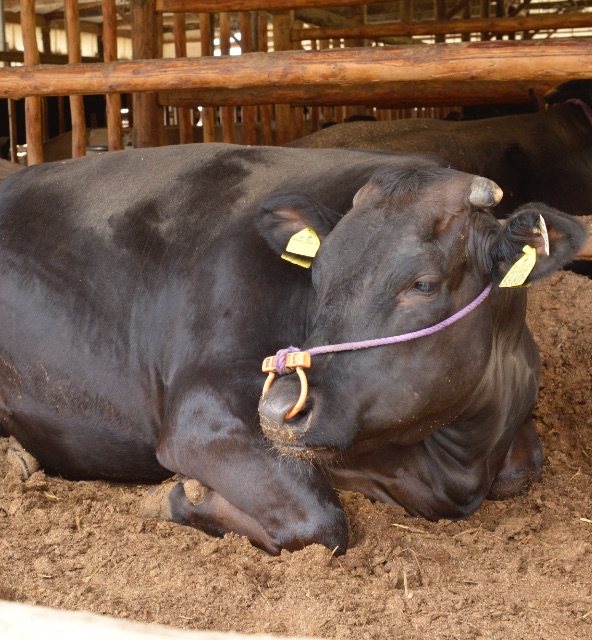
Iga Beef
Iga beef is carefully raised in the Iga Basin, surrounded by clear water and a unique climate with large temperature variations. The trade is in a ‘living body’ style that trades the whole cattle, rare in Japan where the producers and sellers meet each other in person and exchange opinions. The marvelous taste of beef is created through the producers’ efforts to respond to the trust of consumers.
-
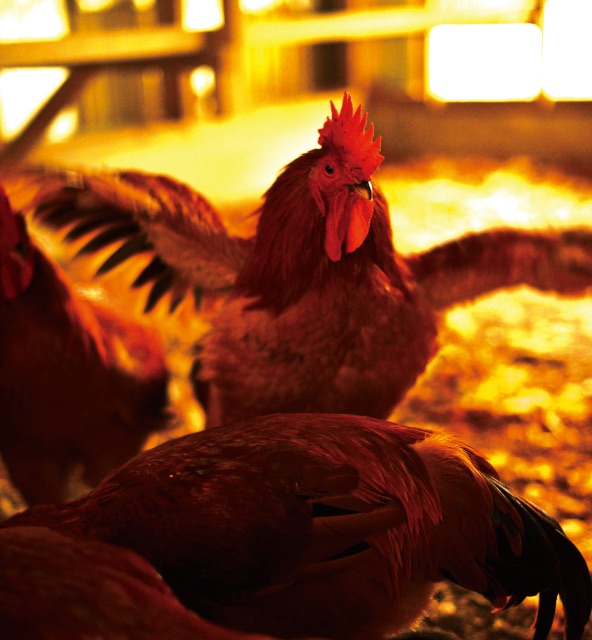
Kumano Chicken
Kumano chicken is raised by the great nature of the Kumano area and the love of people. The producers continuously put in various efforts to let the chicken grow healthily, including using the feed containing powder of citrus, a local specialty, and installing perches. The high-quality taste achieved through moderate mouth-feel and rich flavor is well-known throughout Japan.
-
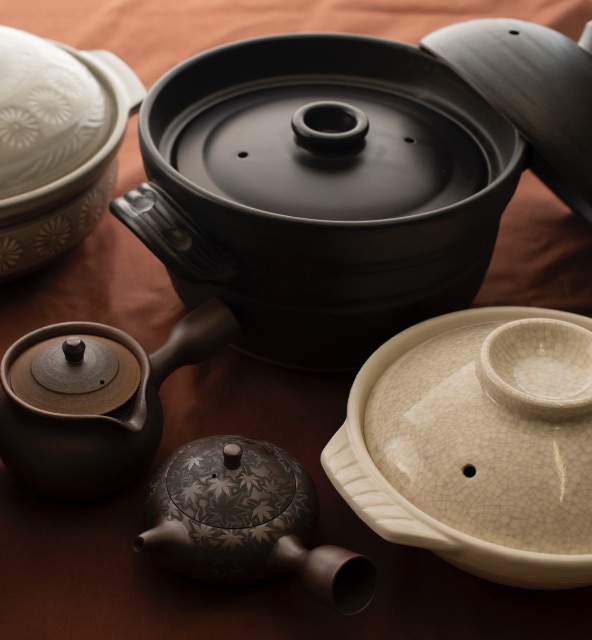
Yokkaichi Banko Ware
Yokkaichi banko ware has been produced continuously for the households with the wish of ‘banko fueki,’ which means ‘eternally unchanging.’ What is passed down unchangingly through the products such as the earthenware cooking pots resistant to heat made with petalite and teapots finished finely and beautifully are the skills for manipulating earth and fire, as well as the hearts of the craftsmen who always think of the users.
-
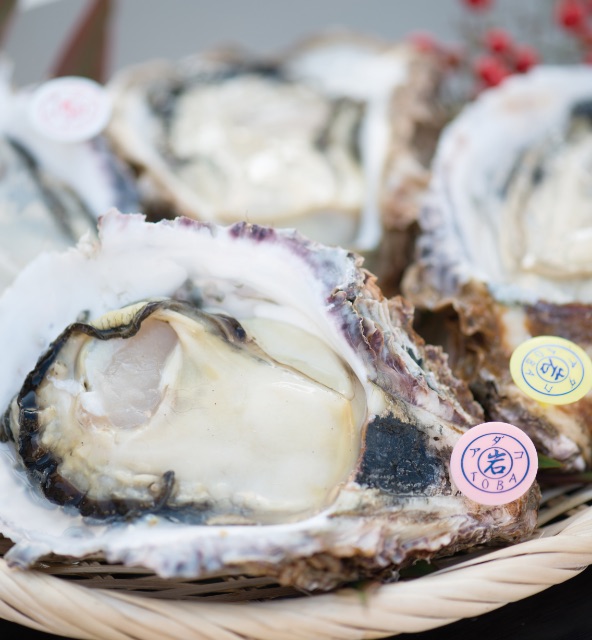
Rock Oysters
Rock oysters are large and seasonal from spring to summer. For growing rock oysters large and fast in high-quality, seed oysters are collected in the natural sea. Rock oysters in Mie, grown with the excellent cultivation techniques that leverage the blessings of the sea by reading the confluence of two currents, are superb. The stable rich body and unique flavor of the oysters are highly evaluated.
-
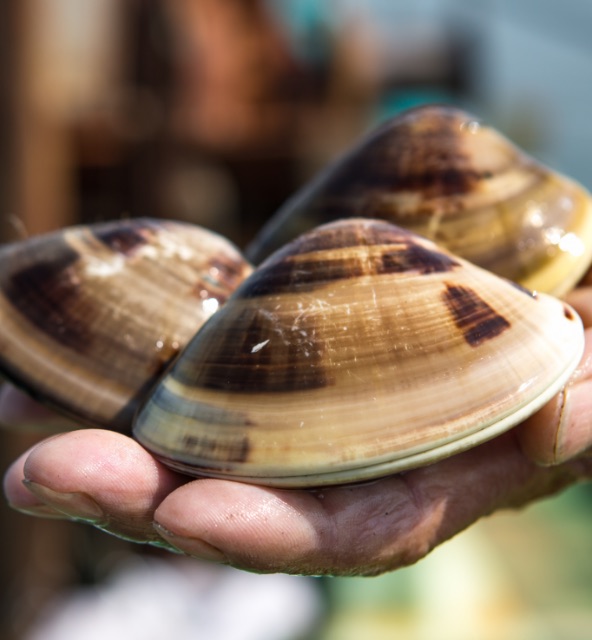
Clam of Kuwana
The clam of Kuwana is grown in the tidal flat of the Kiso Three Rivers (the three major rivers in Kiso). It has been known long as a specialty of Kuwana, as it is present in Tokaidochu Hizakurige, a book written by Jippensha Ikku in the early 19th century. Though the catch of clam decreased sharply for a certain period, it has recovered through the efforts such as the production of seedlings to restore the tidal flat. The clam with its body fully crammed with sweetness and umami is the fruit of the sea, mountains, rivers, and the fishermen’s passion.
-
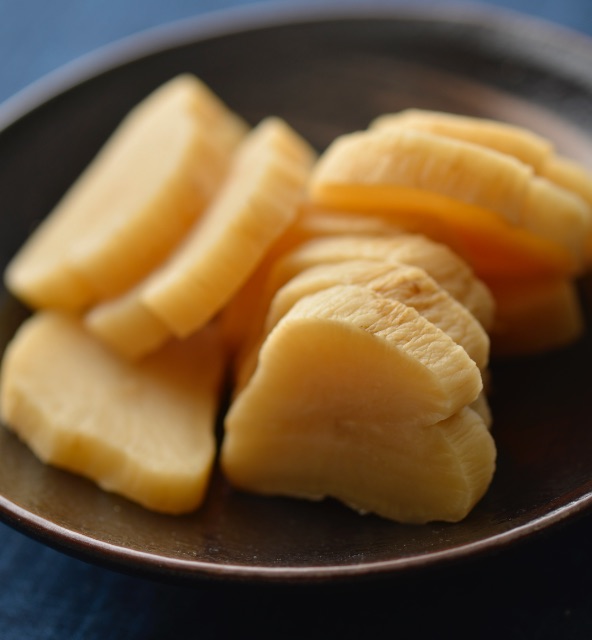
Ise Pickled Raddish
Ise pickled raddish has become known as a specialty of Ise by worshippers of Oise-mairi, a pilgrimage to Ise Shrine. The traditional cooking method is to hang Misono daikon (a white and long radish) on a wooden bar to dry it under the sun and ferment and mature the radish with only natural ingredients such as rice bran, persimmon skins, and aubergine leaves. The great texture and flavor of the pickled radish are the fruit of traditional cooking methods that have been securely preserved.
-

Aosa Seaweed
Along the Ise Bay coast to Kumano-nada is a perfect fishing ground for aosa seaweed with the inflow of nutritious river water and the gentle shallow unique to the rias coast. With the environmental blessings and the local producers’ skills and efforts, Mie boasts the most seaweed production in Japan. With its vivid green color and rich flavor of the sea, Mie seaweed evokes plenty of nature.
-

Cotton
Cotton in Mie has responded to the needs of the era and has added taste to the Japanese bath culture with innovative techniques such as the Oboro dyeing method and gauze towels. Maintaining an integrated manufacturing system for weaving, processing, and sewing, which is now rare in Japan, enables the development of high-quality and unique towels using new technology. Thus, continuing to suggest a new towel culture.
-
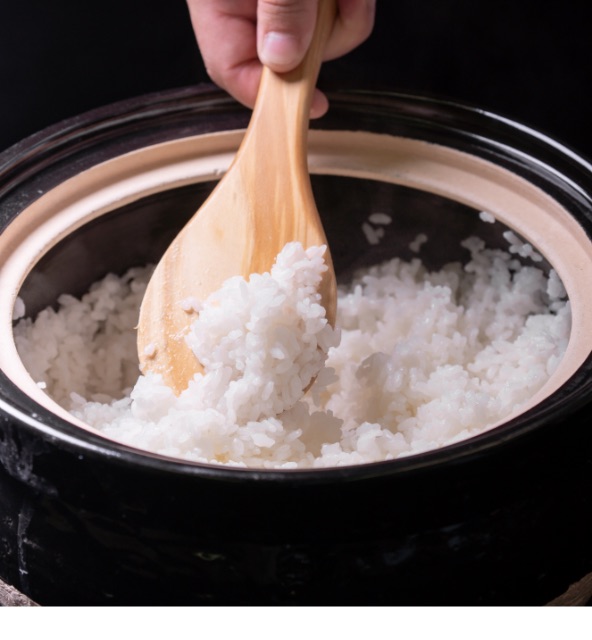
Iga Rice
The Iga region has long been the most suitable for producing rice for its rich water resources, nutrient-rich clay soils of the Kobiwako layer, and large temperature fluctuations unique to the inland climate. In addition to these natural conditions, the producers continue to aim for the superior taste and appearance through various efforts such as establishing the original ‘definition of Iga Rice’ and placing the rice growers in each village to level out their cultivation techniques at a higher level.
-
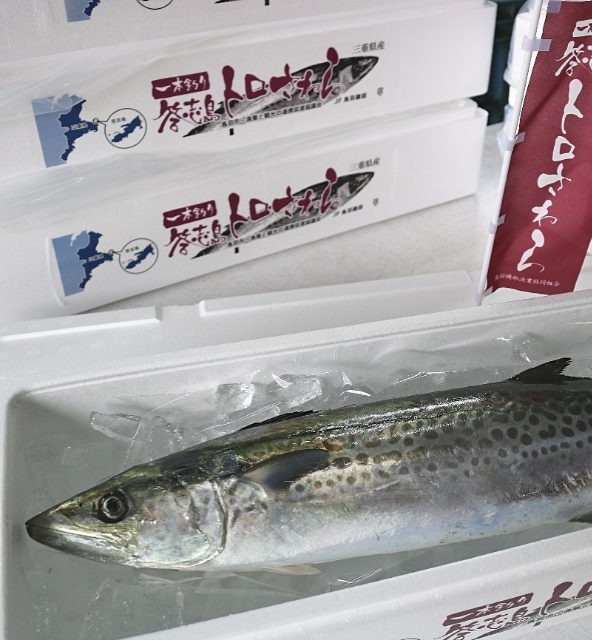
Toshijima Island Toro-Sawara Mackerel
In Ise Bay off the remote islands of Toshijima and Sugashima in Toba city, nutrients from surrounding mountains and the Kuroshio Current of the Pacific combine from fall to winter to create the optimal environment for fishing Spanish mackerel known as sawara in Japan. The resulting fish is a top-quality, rich-in-fat delicacy worthy of the toro prefix, the highest honor in Japanese fish nomenclature. The islands’ diligent fishermen exercise extreme caution so as not to leave a scratch on these premium catches. Each piscine prize is then weighed for its fat content, and only those that exceed 10% and meet a slew of other brand quality standards are shipped out as “Toshijima Island Toro-Sawara” mackerel. While common sawara dishes typically range from salt-grilled Shioyaki to miso-marinated and grilled saikyoyaki, fresh, fatty toro-sawara are equally exquisite prepared raw as sashimi or flame-seared to perfection as aburi.
